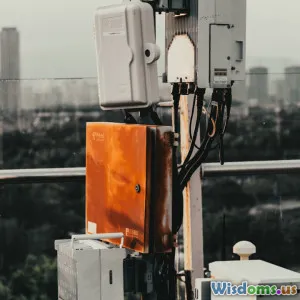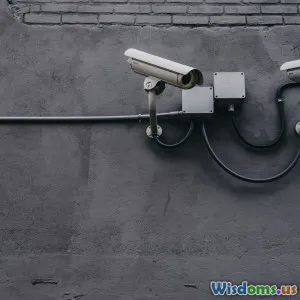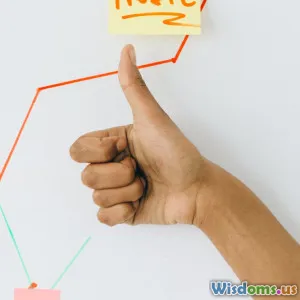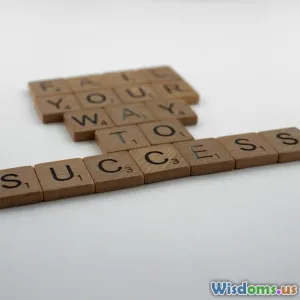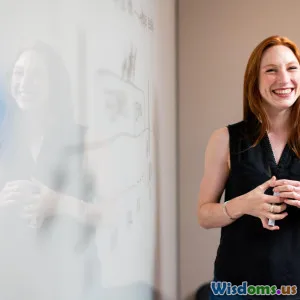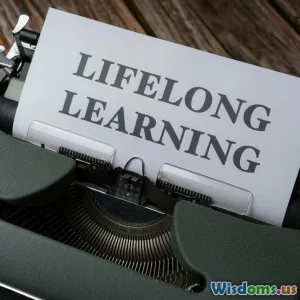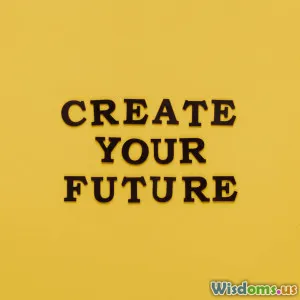
Building a Sustainable Design Career
8 min read Discover how to build a sustainable career in graphic design, focusing on creativity and innovation. (0 Reviews)
Building a Sustainable Design Career
Introduction
The world of graphic design is constantly evolving; it's not just about eye-catching visuals anymore. As professionals navigate through creativity, technology, and ever-changing client expectations, establishing a sustainable design career becomes paramount. With climate change, societal shifts, and economic fluctuations marking the landscape, designers are urged not only to innovate but also to adopt sustainable practices in their work. This article explores the components of a sustainable design career and provides practical strategies to remain relevant while fostering environmental and social responsibilities.
Understanding Sustainability in Design
Sustainability within design encompasses more than eco-friendly materials and practices; it revolves around how designers can create socially, economically, and environmentally conscious solutions. According to a report by the United Nations, the design industry produces extensive waste and contributes to climate change. As a graphic designer, understanding your role in this ecological footprint is crucial. Sustainable design seamlessly combines creativity with purpose, urging designers to think critically about the impact of their work.
Why Sustainable Design Matters
Embracing sustainability can enhance your reputation, differentiate you from peers, and attract a clientele increasingly focused on ethical practices. Here are some compelling reasons to integrate sustainability into your design career:
- Awareness: With consumers being more environmentally conscious, sustainable brands often see an uptick in loyalty and sales.
- Innovation: Sustainable practices encourage out-of-the-box thinking and lead to innovation in design.
- Future-Proofing: As regulations surrounding sustainability increase, being equipped with knowledge in sustainable design today shields you from obsolescence.
Building Your Skill Set
Develop Versatile Skills
In a rapidly changing market, versatility is essential. Designers capable of wearing multiple hats—branding, illustration, web design, even UX/UI—are more likely to thrive. Expand your toolbox with skills like:
- Graphic Software Proficiency: Master Adobe Creative Suite or emerging tools like Figma or Sketch.
- Web Design Knowledge: With most designs making their debut online, knowing basic HTML and CSS acts as an asset.
- Project Management: Enhance your organizational skills and learn relevant software like Trello or Asana, which can aid in team dynamics and project tracking.
Embrace Continuous Learning
The significance of lifelong learning in sustaining your career cannot be overstated. Online platforms such as Skillshare, Coursera, and LinkedIn Learning offer a variety of courses. Take advantage of design webinars, workshops, and conferences to stay educated on industry best practices. As renowned designer Chris Do stated, “Designers need to evolve and adapt; those who don’t will become obsolete.”
Foster Creativity
To achieve a competitive edge as a designer, feed your creativity through exploration and experimentation. Engage with your community of designers to exchange feedback, critique each other's work, or participate in design challenges. Building an inspirational environment helps to refine creative skills, spurring innovation. Joining platforms like Behance or Dribbble can also see you engage with a vibrant community.
Networking: Your Growth Engine
Networking remains one of the most powerful tools a designer can harness throughout their career. Building relationships within the design community not only creates opportunities but also fosters collaboration and mentorship.
Building a Professional Network
- Join Design Organizations: Membership in groups such as AIGA or the Graphic Artists Guild often opens doors for workshops and events complementing your skill set.
- Social Media Presence: Platforms like Instagram and LinkedIn offer robust tools to promote your portfolio, share insights, and connect with industry leaders.
- Attend Events: Local meet-ups, design festivals, or international conferences allow you to engage straight with peers and establish connections that could lead to collaboration or employment opportunities.
Mentorship and Feedback
Establishing a mentor-mentee relationship can drastically influence your growth trajectory. A mentor offers not only guidance but feedback on your creativity and professional practices. The Act of receiving constructive criticism can provide invaluable insights, aiding you in refining techniques or re-strategizing your workflow.
Ethical and Sustainable Practices
Incorporate Ethical Design Principles
Promoting sustainability goes beyond practices; it involves adopting an ethical approach to design. Designers hold immense power over client perceptions, consumer morale, and the possibility of social change.
- Transparency: Educate clients on sustainability options, such as green materials and processes.
- Diversity and Inclusion: Ensure designs cater to diverse audiences. This impacts societal frameworks positively and leads to innovative, welcoming results.
- Social Causes: Collaborating with non-profits or community initiatives promotes social good, inspiring both personal and professional fulfillment.
Eco-Friendly Materials and Techniques
By implementing eco-friendly methods and choosing sustainable materials, designers can significantly reduce environmental impact.
- Digital over Print: As digital marketing advances, thinking of designs primarily for digital consumption can cut down on waste.
- Locally Sourced Materials: When print is necessary, utilizing local sources decreases the carbon footprint associated with transportation.
- Upcycled and Recycled Materials: Embracing these keeps materials out of landfills, shaping a more sustainable practice while fulfilling consumer needs for responsible production.
Conclusion
Building a sustainable design career requires continuous adaptation, ethical considerations, creativity, and collaboration. By honing versatile skills, embracing a mindset of lifelong learning, networking, and applying ethical practices, today's graphic designers can cultivate rewarding, impactful careers that benefit their clients and the world at large. Indeed, as we navigate through the future, the intersection of design and sustainability is not only an avenue for professional growth but also a pathway toward making a positive difference. Begin today by weaving sustainability into the fabric of your design philosophy—your career will flourish as a result.
Rate the Post
User Reviews
Popular Posts











